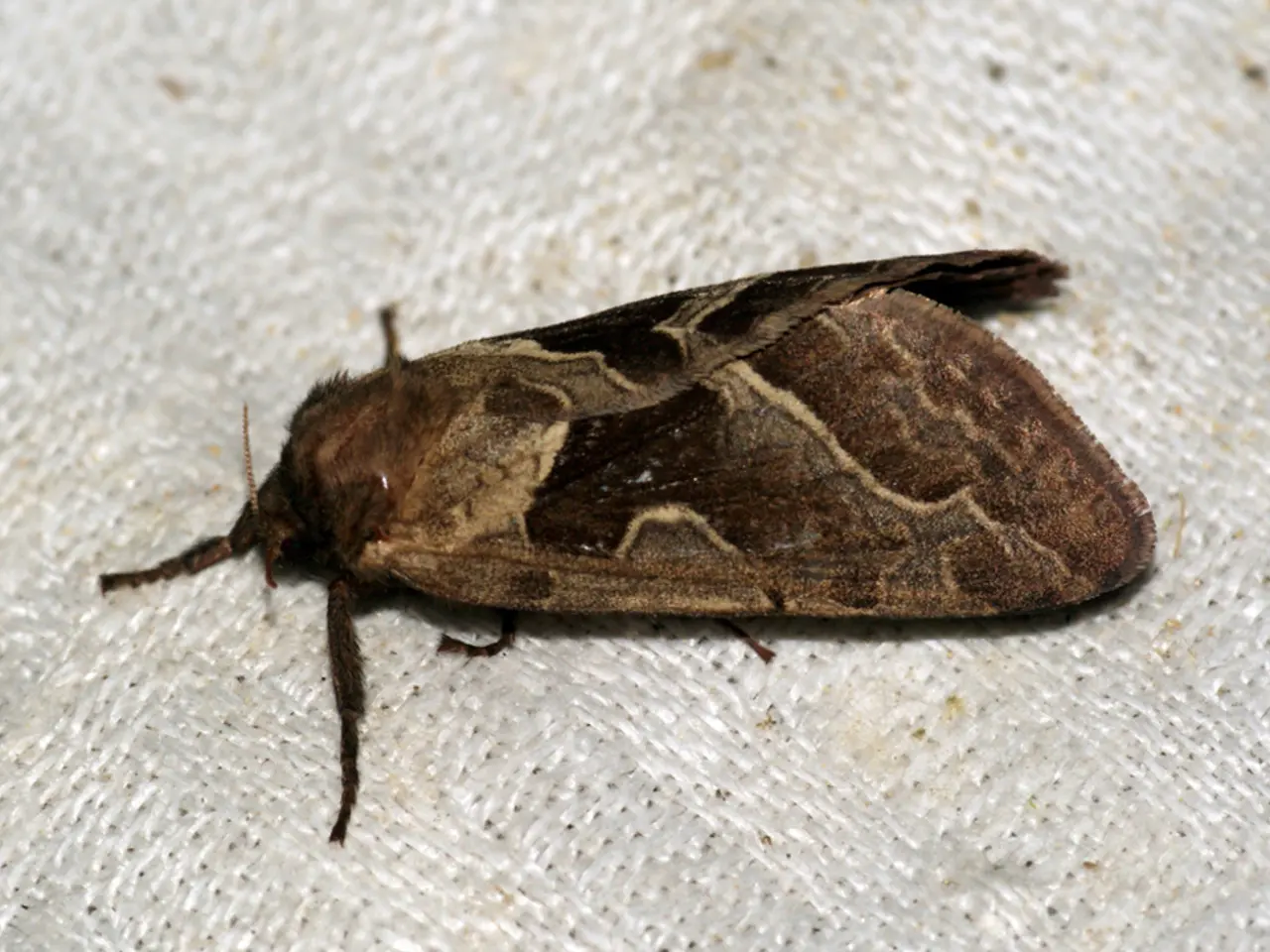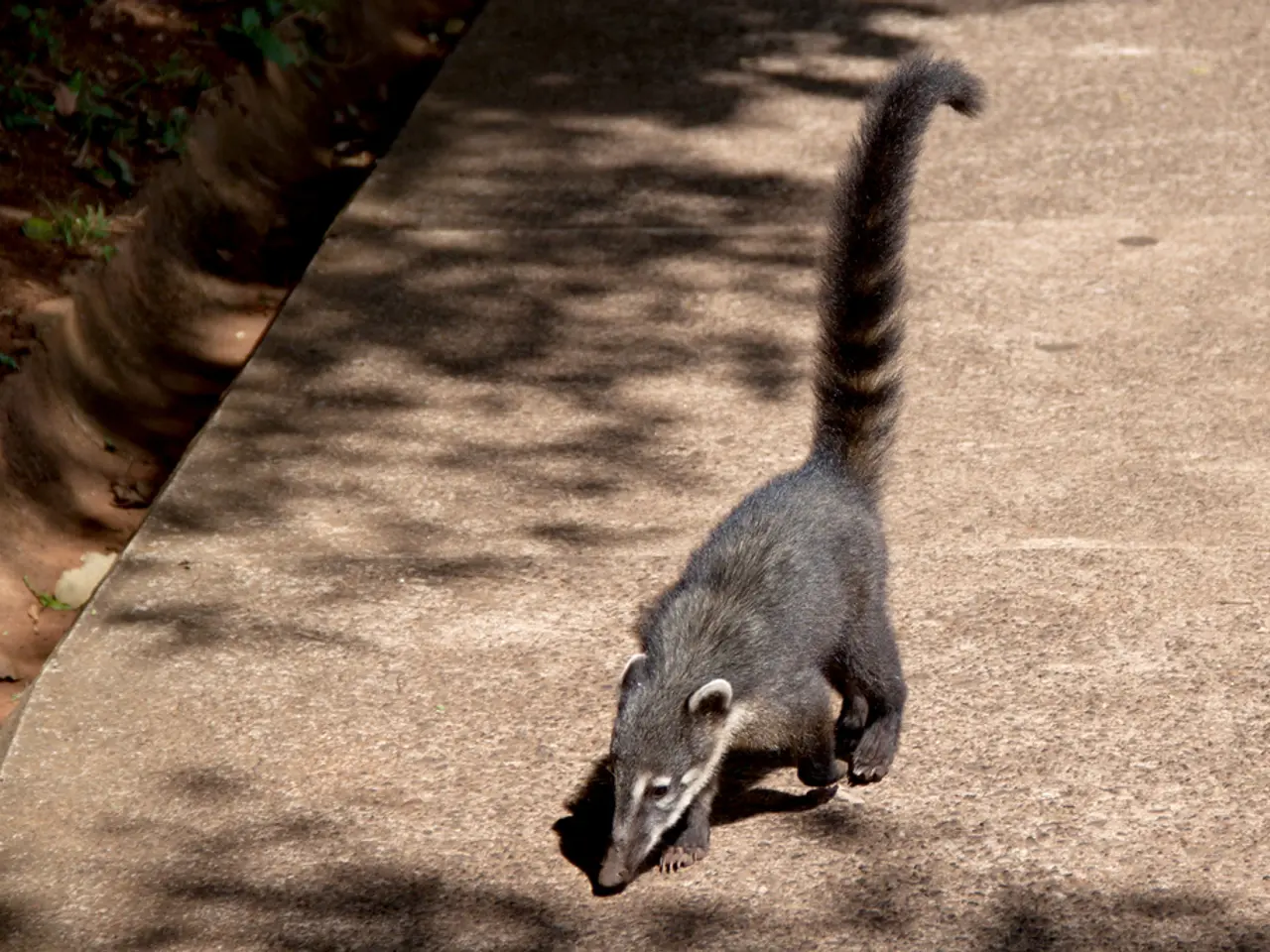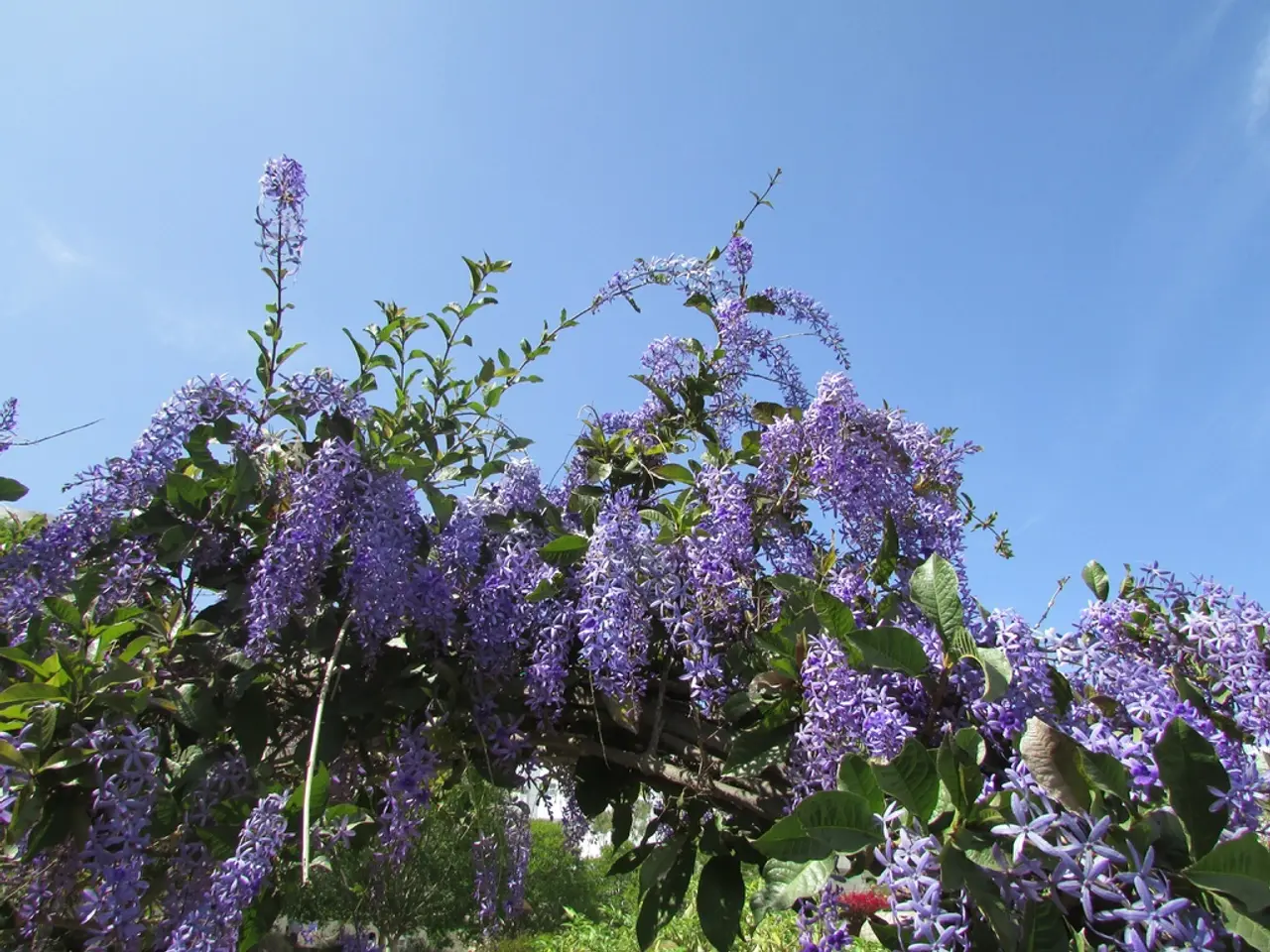Scalp Ringworm: Origin, Symptoms, and remedies
**News Article: Understanding Tinea Capitis, Seborrheic Dermatitis, and Psoriasis: A Guide to Symptoms and Treatments**
In the realm of skin conditions, three common ailments often cause confusion: Tinea Capitis (ringworm of the scalp), Seborrheic Dermatitis, and Psoriasis. While they share some similarities, each condition has distinct symptoms, causes, and treatments.
### Tinea Capitis (Ringworm of the Scalp)
Characterized by a ring-shaped rash, redness, itching, and hair loss in the affected area, Tinea Capitis is a fungal infection that thrives in warm, moist environments such as the scalp[1][3]. Severe cases can form kerions, inflamed, pus-filled lesions.
### Seborrheic Dermatitis
Seborrheic Dermatitis, on the other hand, causes inflammation leading to scaly patches, flaky skin (yellow-gray), and itching. Affecting not only the scalp but also other oily areas of the body, such as the face and ears, this condition is caused by overactive sebaceous glands[2].
### Psoriasis
Psoriasis typically presents with red, scaly patches that are often itchy and painful. This chronic condition causes rapid skin cell growth, leading to white, scaly rashes. Unlike Tinea Capitis, Psoriasis is not caused by a fungal infection and can affect various parts of the body, including the scalp[4].
### Treatments
Treatment approaches vary significantly among these conditions. Tinea Capitis is primarily treated with systemic antifungal medications like terbinafine, itraconazole, and griseofulvin[1][3]. In severe cases, oral corticosteroids and antibiotics may also be used.
Seborrheic Dermatitis is managed with over-the-counter shampoos containing ingredients like ketoconazole, coal tar, or selenium sulfide. In some cases, topical corticosteroids may be prescribed for inflammation[2].
Psoriasis treatments range from topical corticosteroids and vitamin D analogs for mild cases, to systemic medications such as biologics for more severe cases. Light therapy (phototherapy) is also a common treatment for psoriasis[4].
### Key Differences
Tinea Capitis, being a fungal infection, is contagious and requires antifungal medications for treatment. Seborrheic Dermatitis and Psoriasis, on the other hand, are not contagious and have different underlying causes. Their treatments focus on reducing inflammation and controlling symptoms rather than eliminating a fungal infection.
While Tinea Capitis primarily affects the scalp, Seborrheic Dermatitis affects the scalp and other oily body areas, and Psoriasis can affect various body regions. It's important to note that Psoriasis is not caused by a fungal infection, unlike Tinea Capitis.
Seborrheic Dermatitis is slightly more common in males than in females, while Psoriasis can affect any age group, including babies (known as cradle cap in infants).
Doctors can identify Tinea Capitis by performing a physical examination, reviewing a person's symptoms, and running a fungal culture on a sample of the affected hair. About 40 unique species of fungi can cause ringworm infections.
In summary, while Tinea Capitis, Seborrheic Dermatitis, and Psoriasis share some similarities, they each have distinct symptoms, causes, and treatments. Understanding these differences can help individuals seek appropriate treatment for their specific condition.
- The fungal infection Tinea Capitis, also known as ringworm of the scalp, can be identified through a physical examination, fungal culture, and is characterized by a ring-shaped rash, redness, itching, and hair loss on the scalp.
- Seborrheic Dermatitis, a condition causing inflammation and scaly patches on the scalp and other oily body areas, is not contagious and is often managed with over-the-counter shampoos containing ingredients like ketoconazole, coal tar, or selenium sulfide.
- Psoriasis, a chronic condition characterized by red, scaly patches that are often itchy and painful, can affect various parts of the body, including the scalp, and is not caused by a fungal infection like Tinea Capitis.
- While treatments for Tinea Capitis focus on eliminating the fungal infection through systemic antifungal medications, treatments for Seborrheic Dermatitis and Psoriasis focus on reducing inflammation and controlling symptoms using topical corticosteroids or light therapy.
- Unlike Tinea Capitis and Seborrheic Dermatitis, Psoriasis is not contagious and can affect any age group, including infants (known as cradle cap in infants).
- In the medical-conditions and health-and-wellness space, predictive science plays a crucial role in understanding, diagnosing, and treating skin-conditions such as Tinea Capitis, Seborrheic Dermatitis, and Psoriasis.
- Skin care, as part of the broader health-and-wellness sector, plays a significant role in managing various skin conditions, including eczema, depression, and psoriasis, by providing appropriate treatments, resources, and self-care strategies for skin-care enthusiasts.




